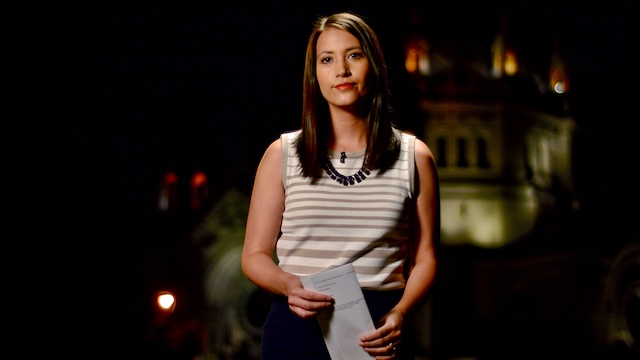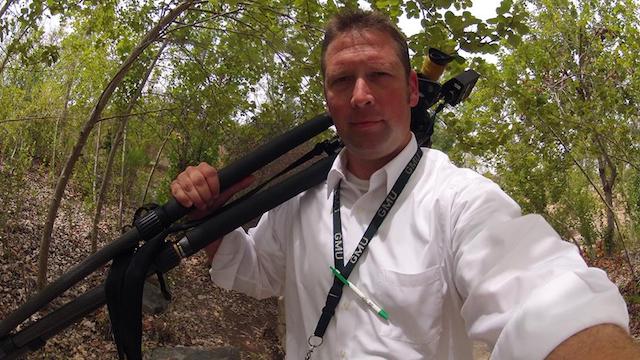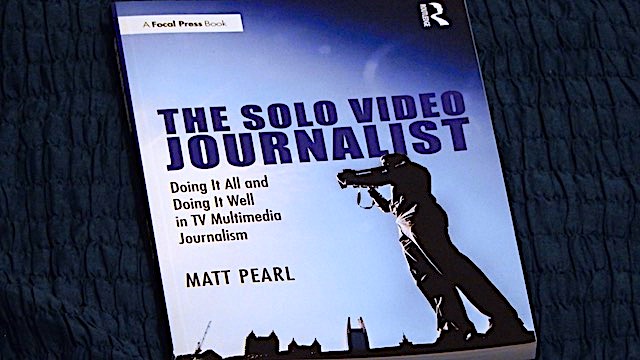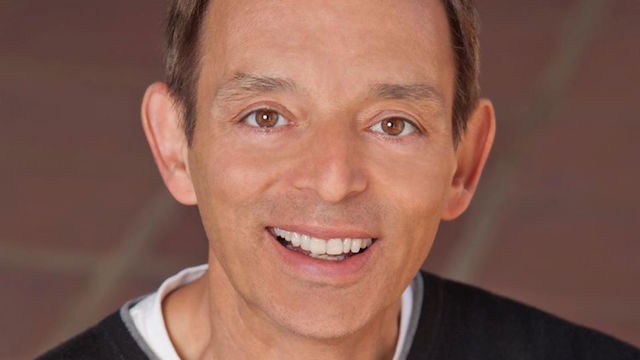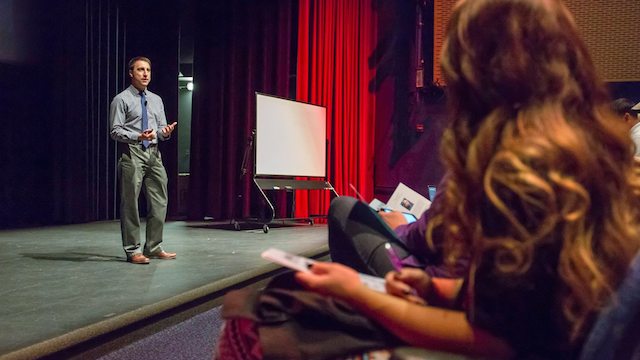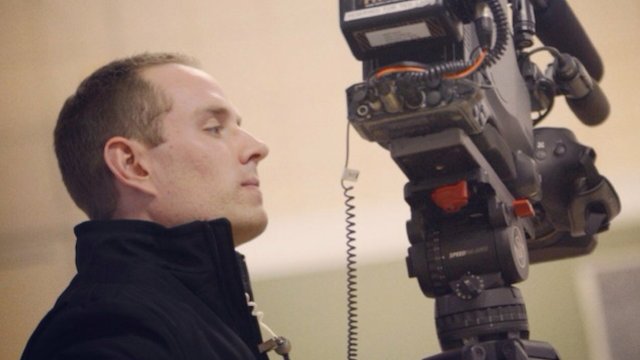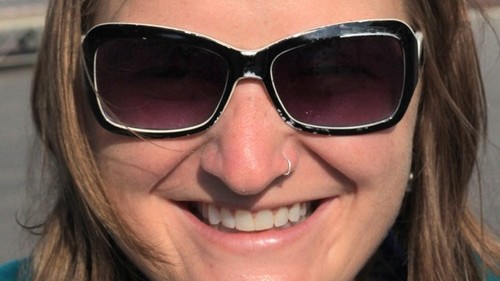Podcast: Play in new window | Download
Subscribe: RSS
I’ll always remember the first time I was asked to speak at a major storytelling conference.
I flew to Minneapolis/St. Paul in 2014 to talk about solo video journalism at the Ignite Your Passion workshop. It immediately became one of the most joyous and fulfilling experiences of my career, and it sparked an evolution that led to me co-directing a similar workshop two years later.
This past fall, Heidi Wigdahl received that same opportunity.
The KARE-TV MMJ discussed the do-it-all process with Twin Cities colleague Adrienne Broaddus and WITI-TV’s Jonathon Gregg. She cherished the opportunity to reach a regional audience of solo video journalists, many of whom are — like her — in their 20s.
Wigdahl has a pretty impressive story to tell. She has risen up the ranks from Rochester, Minn. to Knoxville, Tenn. to her current location, Minneapolis/St. Paul. She now works at a station that is widely respected for the storytelling acumen of its reporters, photojournalists, and MMJs.
Wigdahl is my guest on Episode #47 of the Telling the Story podcast.
We discuss a wide range of topics but focus on one of the biggest logistical struggles for many MMJs: how to dress for the twin challenges of appearing on-air and shooting quality video. I interviewed Wigdahl about that topic for my new book, The Solo Video Journalist, available now through Amazon, Barnes & Noble, and the publisher’s web site.
